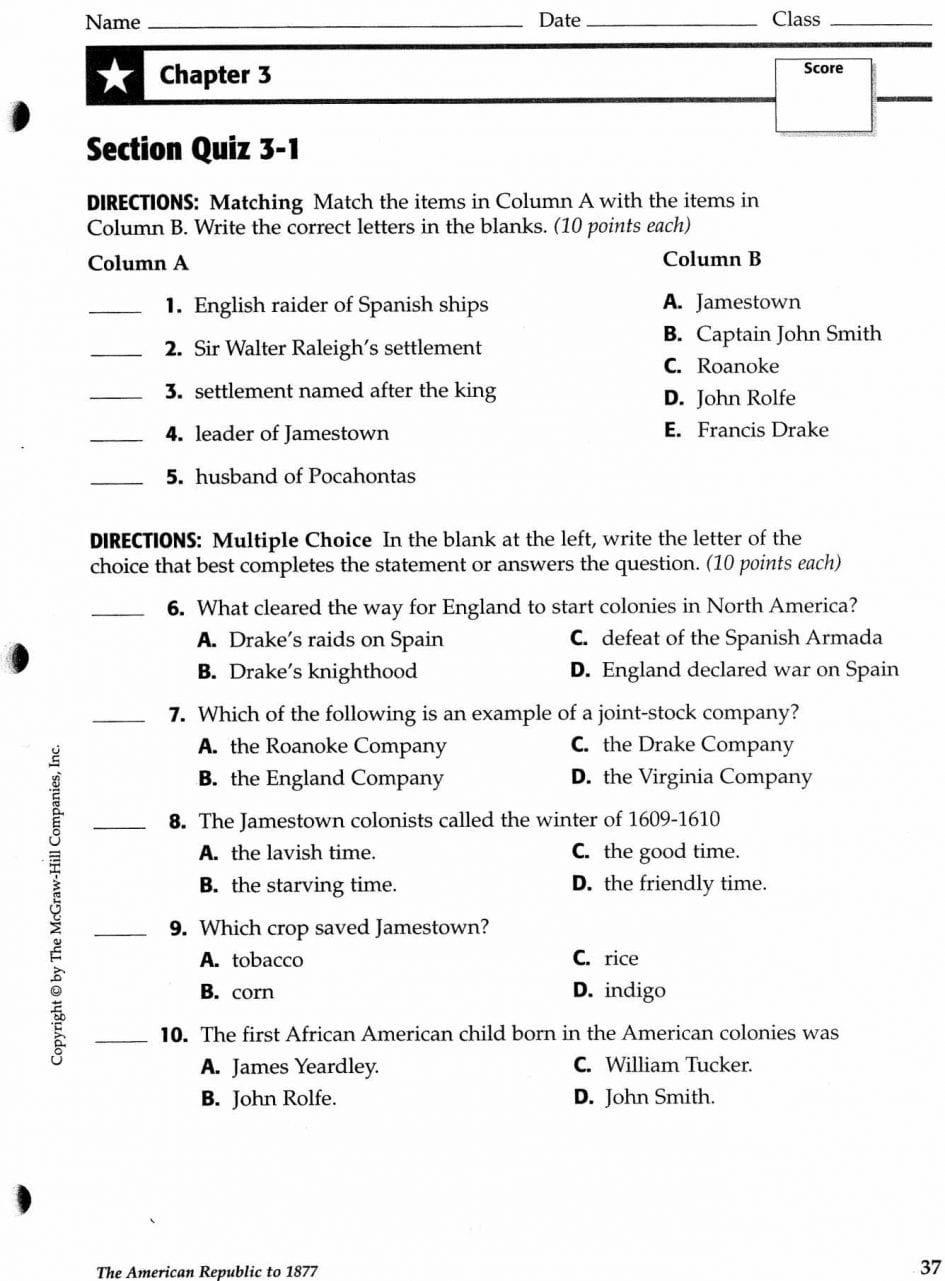

The test results would never say: "Subject X suffers from (this or that) mental health problem". The test results also set subject X apart from these groups of people who, statistically-speaking, responded differently". The interpreted outcomes of the MMPI-2 are phrased thus: "The test results place subject X in this group of patients who, statistically-speaking, reacted similarly. The nature of the deviation determines the patient's traits and tendencies - but not his or her diagnosis! There are only responses that deviate from an overall statistical pattern and conform to the reaction patterns of other patients with similar scores. In other words, there are no answers that are "typical to paranoid or narcissistic or antisocial patients". The scales allow the diagnostician to identify traits and mental health problems based on these comparisons. The responses are compared to answers provided by "control subjects". The test booklet allows the diagnostician to provide a rough assessment of the patient (the "basic scales") based on the first 370 queries (though it is recommended to administer all of 567 of them).īased on numerous studies, the items are arranged in scales. Each item requires the subject to respond: "This is true (or false) as applied to me". The MMPI-2 is made of 567 binary (true or false) items (questions). It was, therefore, hard to compare it to its much hallowed (and oft validated) predecessor. MMPI-2 changed the scoring method and some of the normative data. The revised version, the MMPI-2 was published in 1989 but was received cautiously. The MMPI (Minnesota Multiphasic Personality Inventory), composed by Hathaway (a psychologist) and McKinley (a physician) is the outcome of decades of research into personality disorders. Everything You Need to Know about Narcissists, Psychopaths, and Abuse - click on this link:


 0 kommentar(er)
0 kommentar(er)
